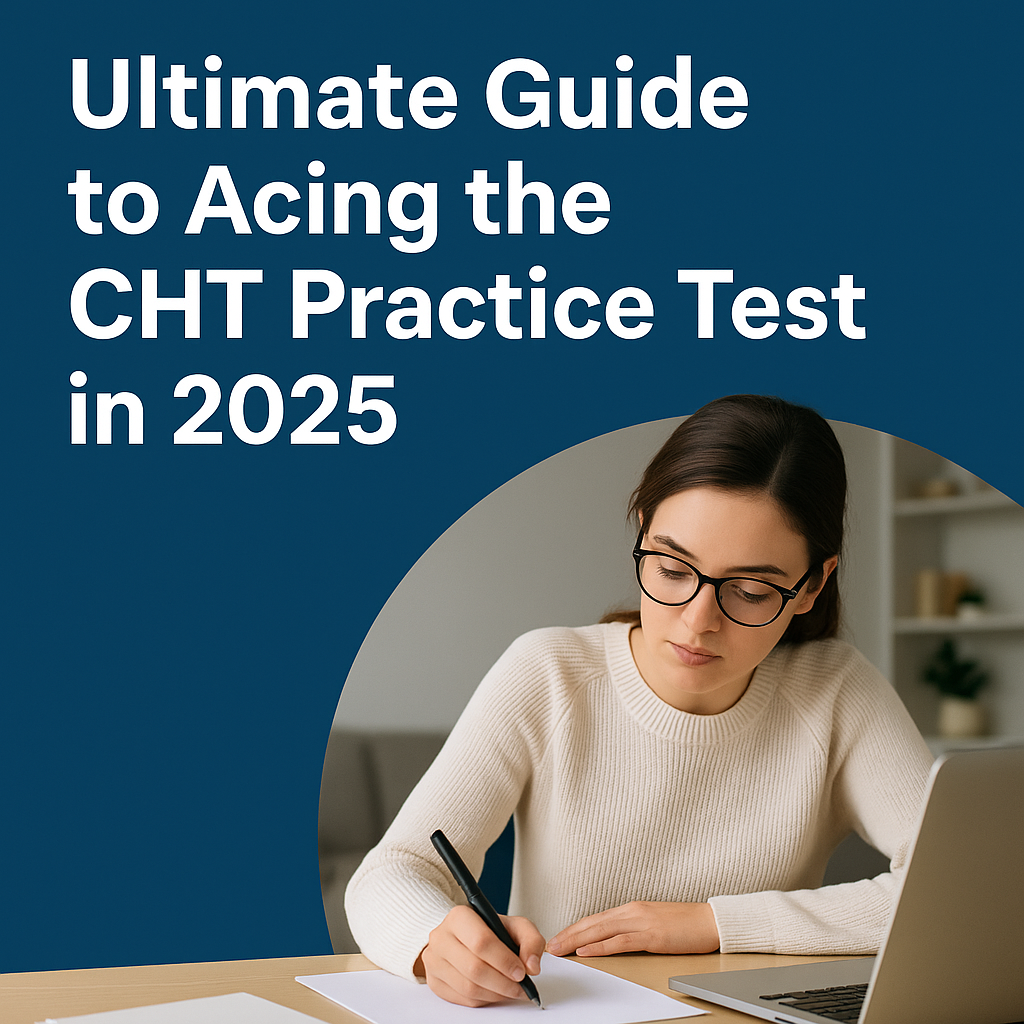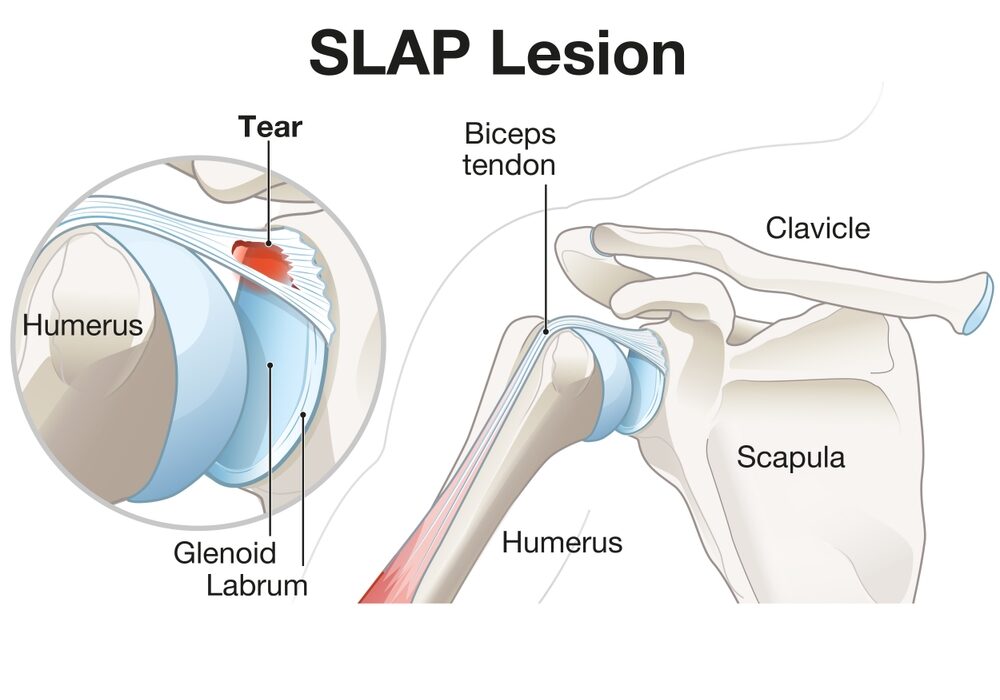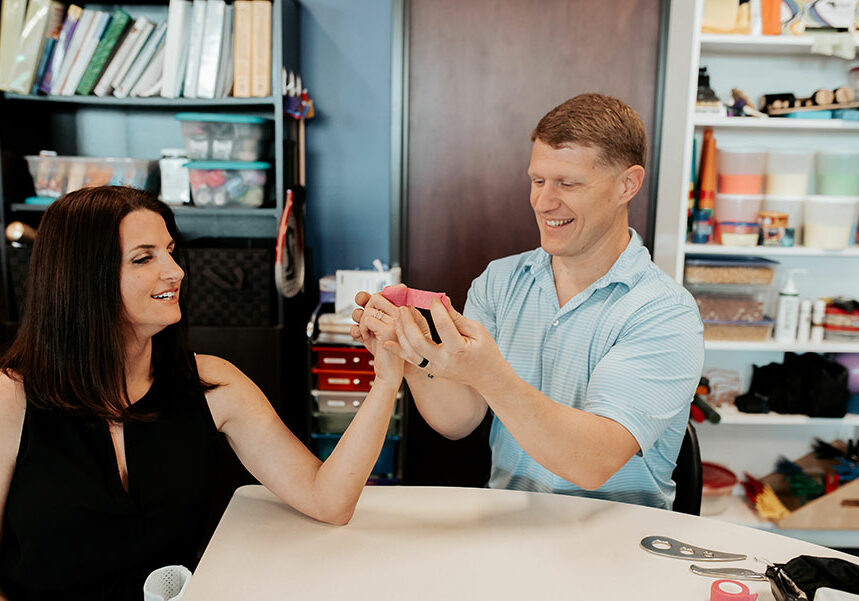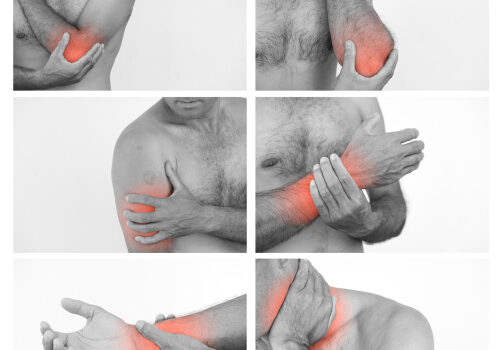Guía definitiva para aprobar el examen de práctica del CHT en 2025
archivado en Sin categoría
Introduction to the CHT Certification
What Is the CHT Exam?
The Certified Hand Therapist (CHT) exam is a rigorous credentialing exam that validates advanced clinical skills in upper limb rehabilitation. Administered by the Hand Therapy Certification Commission (HTCC), it’s designed for occupational and physical therapists who specialize in hand therapy. Passing this exam signifies a therapist’s deep expertise in treating injuries and conditions from the shoulder to the fingers.
Who Should Take the CHT Practice Test?
If you’re planning to sit for the CHT exam, taking a practice test is a critical step. Occupational therapists (OTs) and physical therapists (PTs) with at least 3 years of clinical experience and 4,000 hours in hand therapy should make practice tests a routine part of their preparation strategy.

Importance of the CHT Practice Test
Why Practice Tests Are Essential
Practice tests are more than a rehearsal—they are a self-assessment tool. They simulate the actual exam experience, helping reduce anxiety, refine pacing, and reveal weak areas. Many successful CHT candidates credit practice tests for improving their confidence and boosting their scores.
How They Improve Success Rates
Practice tests allow repeated exposure to real-style questions, which reinforces memory and increases familiarity with test logic. Studies show that candidates who consistently take mock tests are more likely to pass on their first attempt compared to those who rely solely on reading materials.
Structure of the CHT Practice Test
Number of Questions and Format
The official CHT exam consists of 200 multiple-choice questions. Practice tests often mirror this format to give you an accurate simulation. Typically, they are timed to match the actual 4-hour exam duration.
Key Topics and Domains Covered
The test spans across several major domains:
- Evaluación
- Therapeutic interventions
- Orthotic fabrication
- Anatomy and physiology
- Clinical reasoning
Practice tests often reflect the same weighted structure so you can prepare comprehensively.
Content Areas to Focus On
Anatomy and Physiology
Expect detailed questions on the structure and function of the musculoskeletal, nervous, and vascular systems of the upper limb. Understanding nerve innervation and blood supply is vital.
Therapeutic Techniques
These include modalities like ultrasound, paraffin, manual therapy, and proprioceptive training. Practice tests often include scenario-based questions that test your ability to choose the most effective intervention.
Evaluation and Assessment
You must know how to interpret goniometry readings, strength testing results, and various functional assessments. Practice questions usually challenge your clinical decision-making skills.
Splinting and Modalities
Prepare to answer questions about splint selection, design, fitting, and materials. Practice tests may present clinical cases that require you to select the optimal orthosis.
Best Resources for CHT Practice Tests
One of the best online platforms for practicing the CHT Test is Hand Therapy Academy. Here you can find a full-length CHT Practice Test as well as a free demo version.
Recommended Books
- Rehabilitación de la mano y la extremidad superior by Hunter
- Intervención ortésica para la mano y la extremidad superior
Sample CHT Practice Test Questions and Answers
Multiple Choice Example Questions
- Which nerve innervates the flexor pollicis longus?
- A. Radial
- B. Ulnar
- C. Median ✅
- D. Axillary
- A. Radial
- A patient has a boutonnière deformity. Which splint is most appropriate?
- A. Dorsal blocking splint
- B. Static extension splint ✅
- C. Wrist cock-up splint
- D. Volar plate splint
- A. Dorsal blocking splint
Rationales and Explanations
Each practice question should include explanations. For example, the median nerve innervates the flexor pollicis longus, which helps with thumb flexion—critical in opposition tasks.
How to Use CHT Practice Tests Effectively
Test Simulation Strategies
Always take your practice tests under timed conditions to simulate real pressure. Turn off distractions, use a timer, and sit at a desk.
Técnicas de gestión del tiempo
Divide your exam into four 1-hour blocks. Pace yourself at roughly one question every 1.2 minutes, leaving some time at the end for review.
Study Plan for CHT Exam Preparation
30-Day Study Guide (repeat as needed)
| Day Range | Área de enfoque |
| Days 1–7 | Anatomy Review |
| Days 8–14 | Splinting & Modalities |
| Days 15–21 | Evaluation Techniques |
| Days 22–28 | Exámenes de práctica |
| Day 29 | Review Missed Questions |
| Day 30 | Full-Length Mock Test |
Weekly Breakdown & Tips
Break each week into 2–3 content modules. Rotate between reading, testing, and reviewing. Stay consistent and avoid cramming.
Mistakes to Avoid While Preparing
Skipping Review of Wrong Answers
Don’t just look at your score—analyze your incorrect answers. Understanding por qué you got something wrong is key to retention.
Memorizing Without Understanding
Knowing facts isn’t enough. The CHT exam tests application of knowledge. Focus on clinical reasoning.
CHT Exam Day: What to Expect
Registration and Requirements
Register through HTCC’s website. Make sure you meet eligibility requirements, including licensure and work hours.
Exam Environment and Policies
You’ll take the exam at a Prometric testing center. Bring two forms of ID and arrive early. No phones, notes, or calculators allowed inside.
Cómo analizar los resultados de su examen de práctica
Identificación de áreas débiles
Use your practice test scores to pinpoint trouble spots—whether it’s anatomy, splinting, or patient assessment.
Creating a Targeted Review Plan
Spend 60% of your review time on weak areas and 40% reinforcing strengths. Rotate topics every 2–3 days.
Recommended Study Groups and Forums
Online Communities for Support
- OT/PT Facebook Groups
- Reddit’s r/OccupationalTherapy
- HTCC’s Community Forum
Peer Review and Discussions
Studying with others helps reinforce learning. Try explaining your answers out loud—teaching is a powerful memory tool.
Professional Tips from Certified Hand Therapists
Top Advice from Recent Passers
- “I did one full-length practice test every weekend.”
- “Flashcards saved my life for memorizing nerve pathways.”
Mindset and Motivation Techniques
Stay positive and visualize success. Even when you feel overwhelmed, remember why you started—helping patients thrive.
FAQs About the CHT Practice Test
Is the CHT practice test similar to the real one?
Yes, most reputable tests mimic the format and difficulty of the actual exam.
How many times should I take practice tests?
At least 3–5 full-length mock exams before test day is ideal.
What is the pass rate?
The pass rate fluctuates around 60-70% annually.
Do questions repeat?
Not exactly, but concepts and scenarios often overlap.
Can I retake the practice test multiple times?
Yes. In fact, repeated exposure to the same questions can strengthen recall.
Conclusión
El CHT practice test is your secret weapon to conquering the real exam. With a structured study plan, high-quality resources, and the discipline to review thoroughly, success is well within reach. Embrace the journey and trust in your preparation.
Más para leer
¿Qué es un desgarro por slap? Desgarro del labrum superior anteroposterior
¿Qué es una lesión SLAP? Una lesión del labrum superior, anterior y posterior (SLAP) afecta la porción superior del labrum glenoideo, donde se ancla la cabeza larga del tendón del bíceps (Levasseur et al., 2021). El desgarro suele ocurrir en la parte posterior y se extiende anteriormente en la escotadura glenoidea media, lo cual puede examinarse mediante artroscopia de hombro (Kim et…).
Leer másCómo iniciarse en la terapia de manos
Empecé la escuela de OT sabiendo que quería estudiar pediatría. Configuré todo para desarrollar mi currículum para mi primer trabajo de terapia en pediatría. En el camino tuve una rotación clínica de 3 meses en terapia de mano en Mayo Clinic en Scottsdale. Esa experiencia aumentó mi interés por las manos. 13…
Leer más¿Cuál es la incidencia de molestias musculoesqueléticas en el codo, el hombro y el cuello después de lesiones en la mano y el antebrazo?
Winiarski, LM, Livoni, JD, Madsen, PV, Rathleff, MS y Larsen, P. (2021). Quejas musculoesqueléticas concurrentes en codos, hombros y cuello después de lesiones o afecciones comunes en manos y antebrazos: un estudio transversal entre 600 pacientes. Revista de terapia de manos: revista oficial de la Sociedad Estadounidense de Terapeutas de Manos, 34(4), 543–548. https://doi.org/10.1016/j.jht.2020.05.002 La Flaca: La…
Leer más¡Regístrese para recibir actualizaciones directamente en su bandeja de entrada!
Regístrese con nosotros y le enviaremos publicaciones periódicas en el blog sobre todo lo relacionado con la terapia de manos, avisos cada vez que subamos nuevos videos y tutoriales, junto con folletos, protocolos y otra información útil.





